Lyndon LaRouche died on February 12, 2019 and his passing at the age of 96 has caused many people to take a deeper look at this fascinating personality who ran for the presidency eight times, led international political, scientific and artistic organizations for decades, has spent years in jail as an American political prisoner and has advised many government officials since 1976. Just a handful of those statesmen who have sought LaRouche's council and who have adopted key elements of his policy proposals over the years includes India's PM Indira Gandhi, Guyana's Foreign Minister Fred Wills, Mexico's President Lopez Portillo, and American President Ronald Reagan. [A timeline of these incredible relationships can be accessed here].
His policy for a New Silk Road program for international development, which has now become Russia and China's joint initiative dates back to 1992 and which he and his wife have promoted through countless conferences, speeches and writings ever since.
Comment: Imagine how different the trajectory for the US could be if it had taken that route, rather than trying to sabotage it.

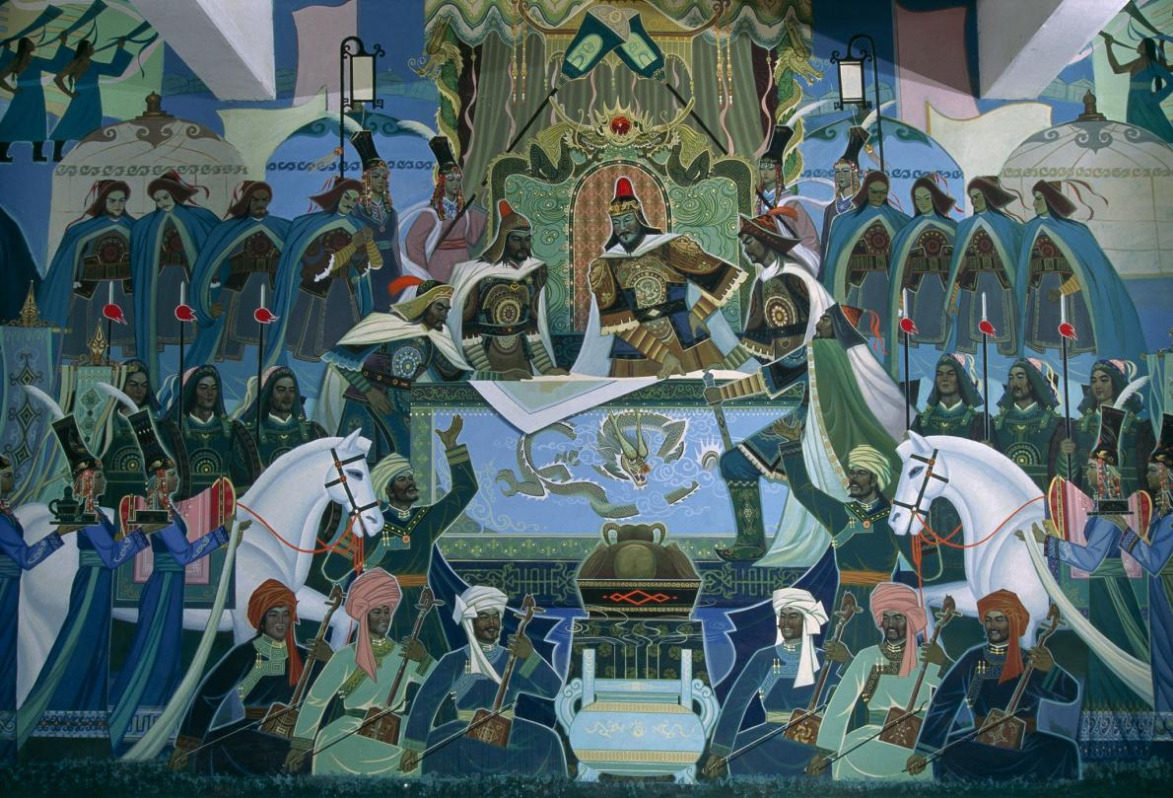
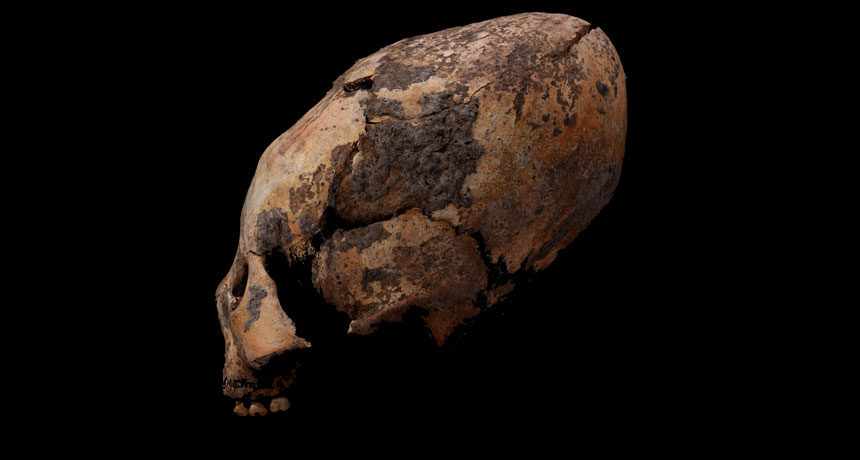
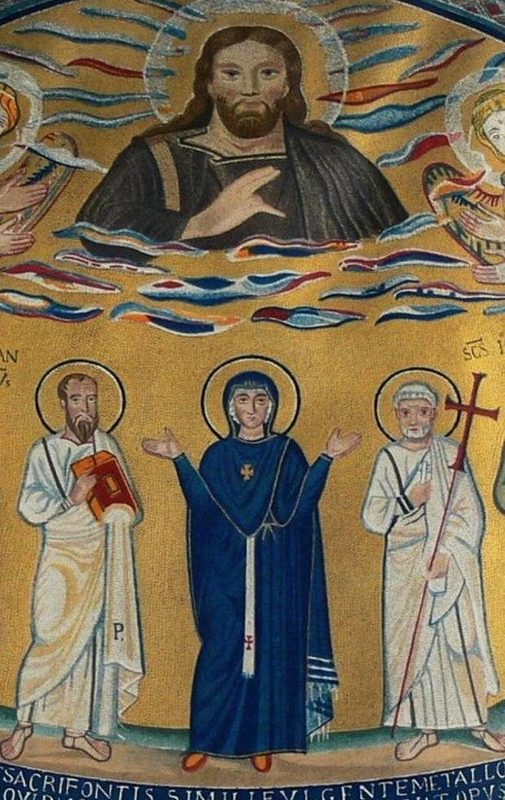
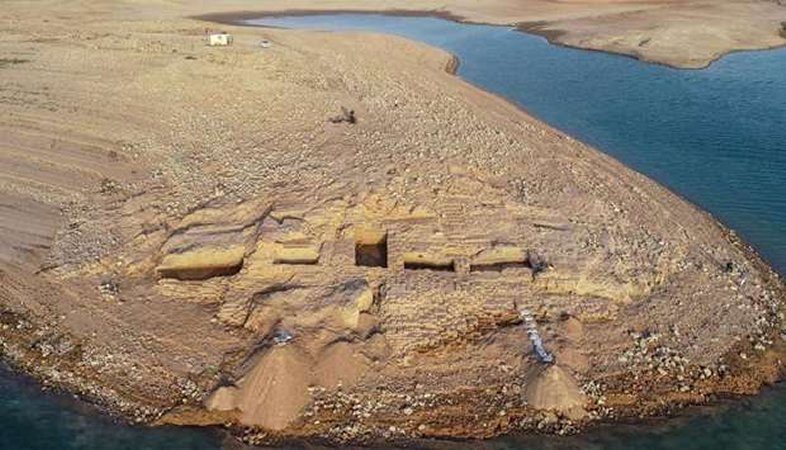

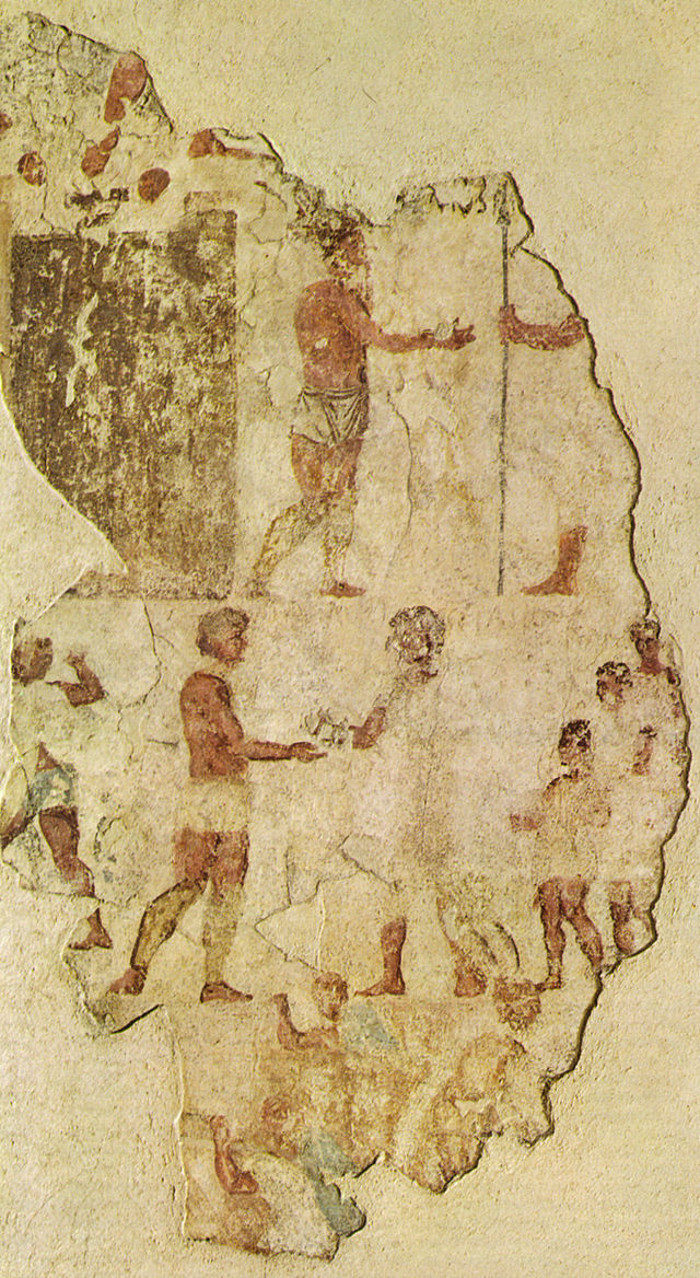
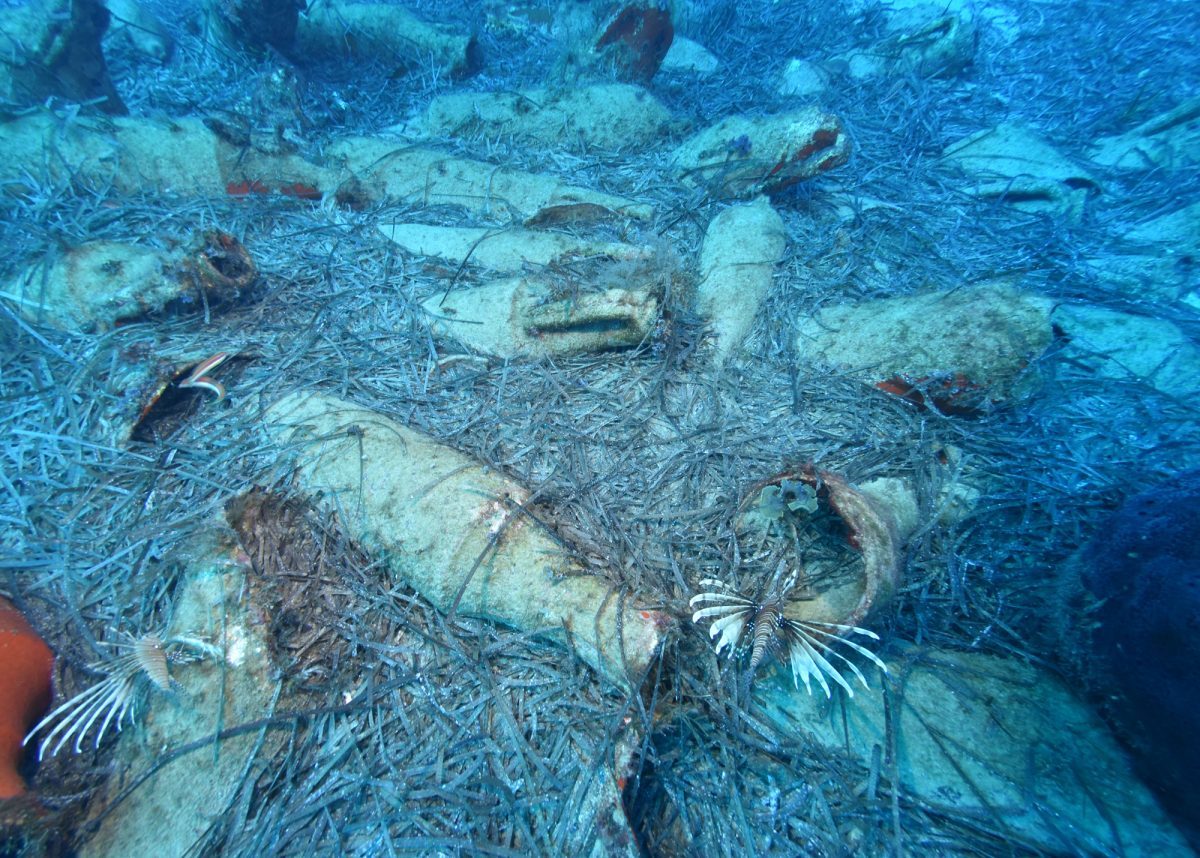

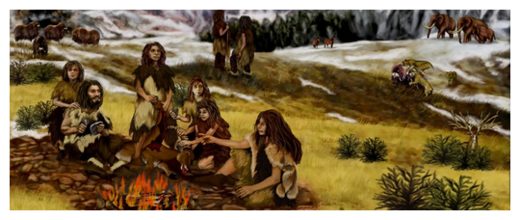
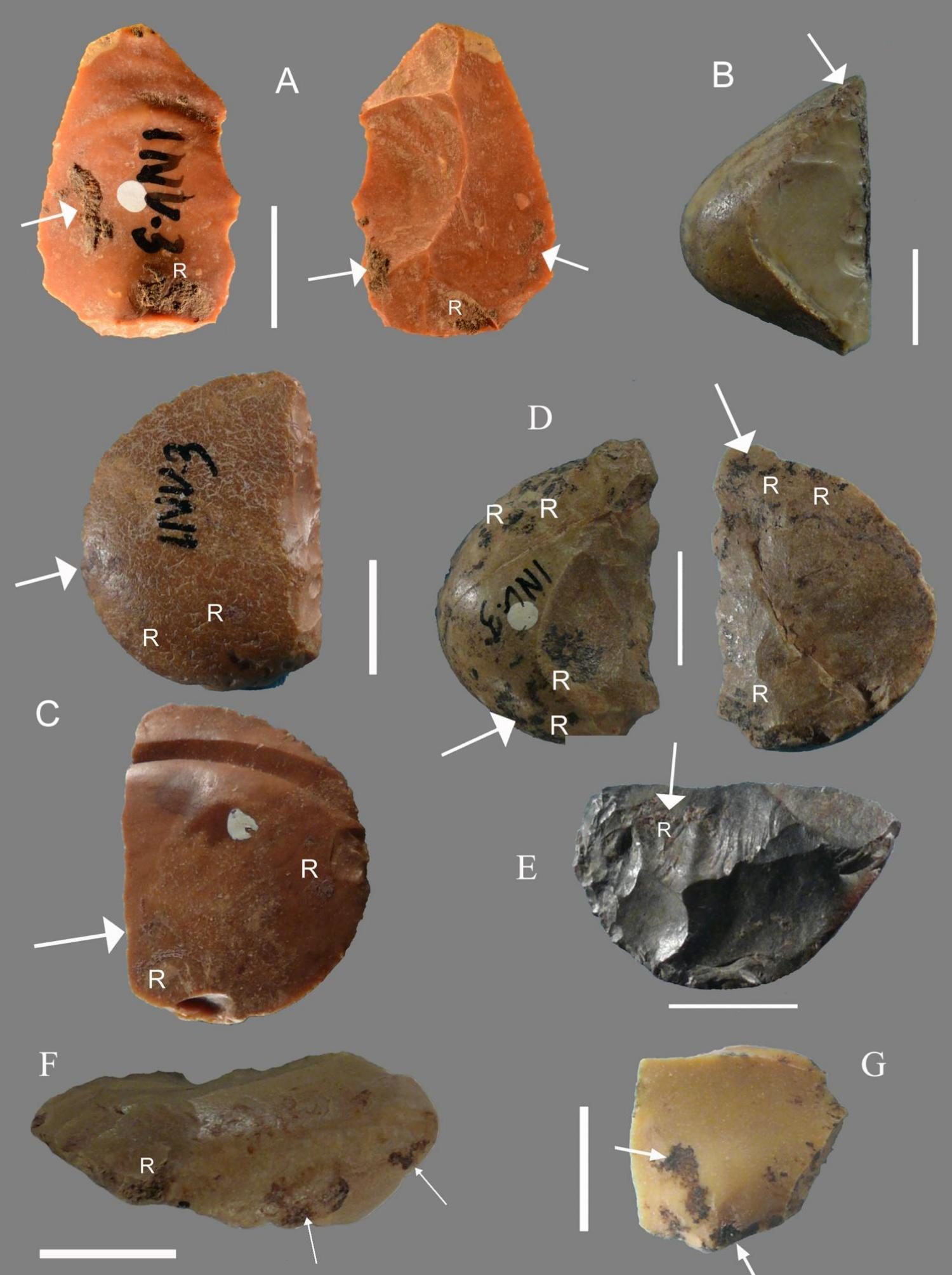



Comment: JFK was another opportunity for the US to choose a different path until, he too, came under attack from the deep state: JFK: The Bushes and the Lost King
See also: